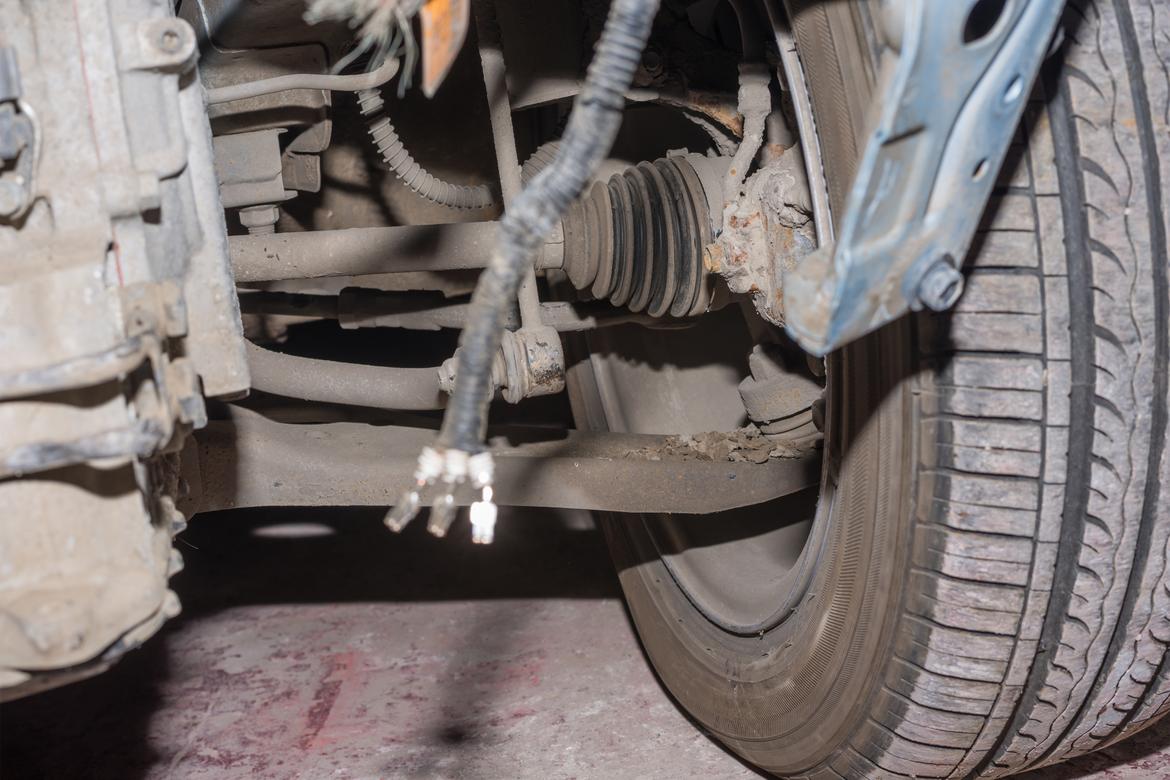Worn ball joints allow too much movement in the suspension, so the driver may feel more vibrations — or hear squeaks or rattles on bumpy surfaces or when turning — caused by looseness in the suspension. Other signs of worn ball joints include uneven tire wear and steering that wanders instead of going straight.
Because these symptoms also can apply to other suspension and steering issues, any or all of the above are good reason to have a thorough inspection conducted by a qualified mechanic before pointing the finger at the ball joints. Some ball joints have wear indicators, but others have to be checked by raising the car off the ground and seeing if the wheels allow excessive play. In addition, some ball joints have rubber dust covers that, if torn, can allow dirt and water in. That can damage the joint.

Don’t ignore warning signs of worn ball joints, because eventually they can break. That can break a control arm or other suspension part, allowing the wheel to come loose. Ball-joint replacement is typically not listed on a vehicle’s maintenance schedule, but many manufacturers recommend they be inspected for wear at regular intervals, such as at oil changes.
